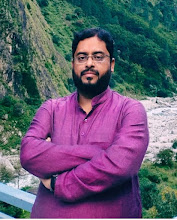In conversation with Sulagna PanigrahiWhen we saw Murder 2, we were bowled over by the performance of a new girl, Sulagna Panigrahi, the actress with the face of an angel. She has been around for past 4 years and has also done quite a few television shows. Soumil Shukla of FilmiTadka caught up with the young actress and the result was a candid chat.
So tell us a bit about your background.Well, I was born in a small town called Berhampur in Orissa. Then my family moved to Bhubaneswar and then to Delhi where I spent almost 10 years and did most of my schooling. My dad is a serving Indian Army officer. So we have had to move around a lot. In that sense I am a true Indian!.....Source: filmitadka.in
When we saw Murder 2, we were bowled over by the performance of a new girl, Sulagna Panigrahi, the actress with the face of an angel. She has been around for past 4 years and has also done quite a few television shows. Soumil Shukla of FilmiTadka caught up with the young actress and the result was a candid chat.
So tell us a bit about your background.
Well, I was born in a small town called Berhampur in Orissa. Then my family moved to Bhubaneswar and then to Delhi where I spent almost 10 years and did most of my schooling. My dad is a serving Indian Army officer. So we have had to move around a lot. In that sense I am a true Indian!.....
Source: filmitadka.in





